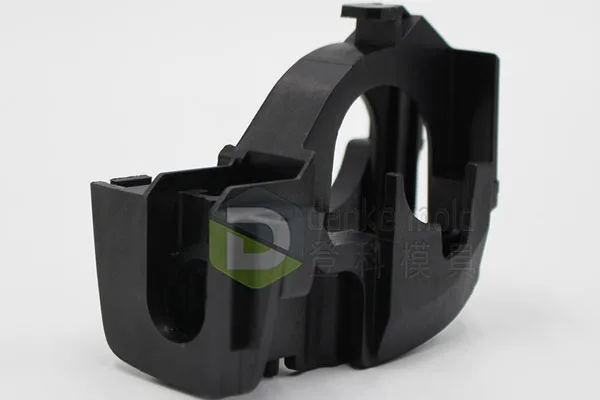Let’s take a closer look at injection mold tooling before we get started. Plastic injection molds are used to facilitate plastic injection molding. Custom mold tooling can be made from steel or aluminium to achieve desired results. They frequently have two components: moving molds and fixed molds. While moving molds are placed on the machine’s movable plates, fixed molds are fixed on the machine’s stationary plates. Throughout the injection system and cavity creation process, both stationary and mobile molds remain closed. These machinists open the molds and separate the molds to extract the products.
Injection Molding Types
A few techniques that involve injecting liquid resin into a tool to create plastic parts are collectively referred to as injection molding. These are the four typical kinds:
Injection molding using thermoplastics:
This is the most popular kind of molding. The final part is formed when the material cools in the mold after thermoplastic resin is injected into it.
Liquid silicone rubber molding:
The plastic part is created by a chemical reaction between thermoset materials and liquid silicone rubber.

Plastic products
Overmolding:
This technique is applied in the production of plastic parts that combine two or more materials. This is frequently seen on parts where the handle has been rubberized to increase grip.
Insert Molding:
The first step in the process is to insert an insert component into the mold before the resin is added. The finished part is then formed by injecting the material around the insert, which is usually made of metal. This is commonly used for components that need metal threads.
Extrusion Molding
Extrusion molding extrudes the melted plastic material straight into the die, as opposed to other types of plastic injection molding which use extrusion to insert the plastic resins into the mold.
For producing parts with consistent cross-sections and continuous lengths, extrusion molding is the best option. The extrusion molding machine is comparable to an injection molding machine in that plastic resin is fed into a feeder by means of a revolving screw. After that, the molten plastic passes through a die to form a long, tubular shape. The plastic tube’s shape is predetermined by the die’s design.
Utilising Gas for Injection Molding
Immediately after the plastic melts, a pressurised inert gas (usually nitrogen gas) is injected into the mold to force the material into the walls and create a cavity where the gas was. In addition to enabling built-in hollow sections in a mold, this gas evens out wall thicknesses in an injection mold, which helps cool the mold and avoid distortions. Gas-assisted injection molding is used for hollow products, other porous designs, and material reduction in large parts.
Family Mold
A family mold allows for the production of two or more different parts because it has a single mold base but two or more distinct cavities. Shut-offs can be used to limit production to specific cavities, or all parts can be produced at once. The parts should be similar in size, shape, resin, and expected volumes for the best molding results, particularly if all parts are to be run simultaneously. To separate the pieces during or after production, automation might be required.
